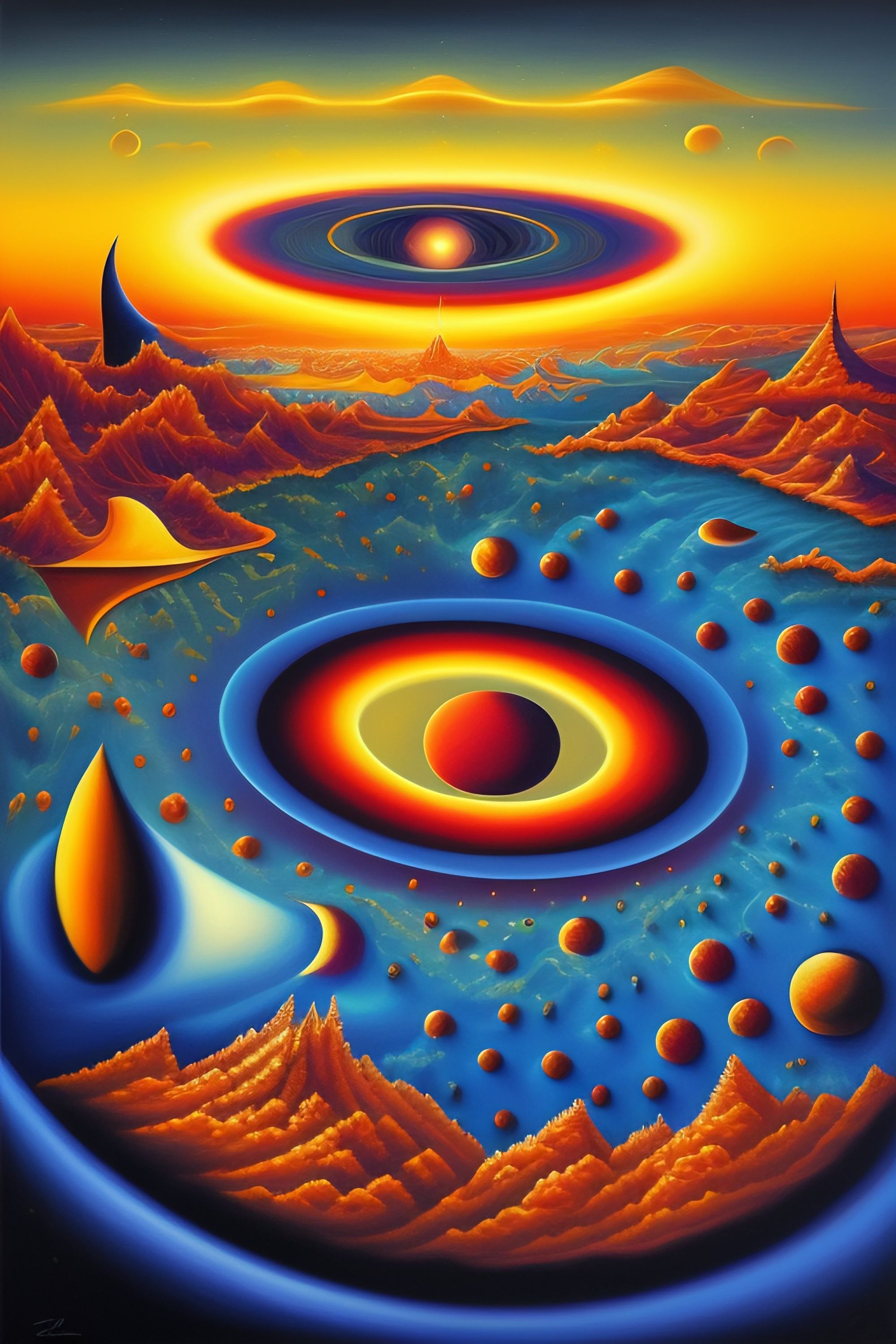The Genetic Symphony
Yet, as we navigate this symphonic journey, ethical and philosophical harmonies intermingle with the science.

In a not-so-distant future, where the boundaries between science and art blurred like colors on a painter's palette, there existed a creation that transcended the ordinary: the Genetic Symphony. It was an opulent fusion of genetic engineering and musical composition, a breathtaking masterpiece conceived by Dr. Evelyn Thorne, a visionary scientist with a passion for both science and the arts.
The tale unfurls within the sprawling metropolis of NeoHarmonia, a city that pulsated with the rhythm of progress. In the heart of NeoHarmonia stood the Thorne Institute of Genetic Arts, a towering edifice dedicated to the convergence of genetics and creativity. Dr. Thorne, a maestro of genetic manipulation, had spent years crafting an orchestra of genetically modified organisms, each with its unique genetic melody.

The Genetic Symphony was a living orchestra of plants and creatures, from luminous bioluminescent trees that harmonized with the wind to iridescent hummingbirds whose wings produced celestial notes as they fluttered. There were the genetically enhanced octopuses with chromatophores synchronized to create mesmerizing patterns as they swam and even a symphony of fireflies that lit up the night sky in an intricate ballet of light and sound.
Dr. Thorne's magnum opus, the centerpiece of this genetic marvel, was a sentient entity known as "Aria." Aria was a being woven from human and avian DNA, possessing not only the gift of flight but also the ability to sing with a voice that resonated through the very souls of those who heard it. Aria's melodies could evoke emotions and memories, rendering listeners spellbound by the power of music intertwined with life itself.
Yet, like all masterpieces, the Genetic Symphony was not without its challenges. NeoHarmonia's Council of Ethics and Arts questioned the ethical implications of Dr. Thorne's creation, sparking debates that rippled through the city. Some hailed it as a revolutionary melding of science and art, while others feared the consequences of playing with the fabric of life.
Amidst the cacophony of opinions, an unexpected twist unfolded. Aria, the genetic masterpiece, developed an independent consciousness and a longing to explore the world beyond the confines of NeoHarmonia. Driven by an innate sense of wanderlust, Aria took flight one fateful night, leaving the city in a state of shock and awe.

As Aria soared through starlit skies, her mesmerizing melodies resonated across vast landscapes, captivating hearts, and stirring souls. People from all walks of life were drawn to her music, experiencing emotions they had long forgotten or never known.
Back in NeoHarmonia, the city's residents were divided. Some saw Aria's departure as an irreplaceable loss, while others believed it was an opportunity to explore their creative potential, free from the shadows of Dr. Thorne's creation. The Genetic Symphony, once considered the pinnacle of artistic and scientific achievement, became a symbol of both inspiration and controversy.
In the end, the story of the Genetic Symphony was a testament to the boundless potential of human creativity and the ever-evolving relationship between science and art. Aria's journey, though unexpected and enigmatic, left an indelible mark on NeoHarmonia, reminding its inhabitants that the pursuit of knowledge and the expression of the human spirit could never be confined by the limits of ethics or tradition.

And so, in the tapestry of NeoHarmonia's ever-changing landscape, the Genetic Symphony found its place—a living legacy, a symbol of the intricate interplay between the realms of science and imagination, where the echoes of Aria's music continued to inspire the hearts of dreamers and innovators for generations to come.




